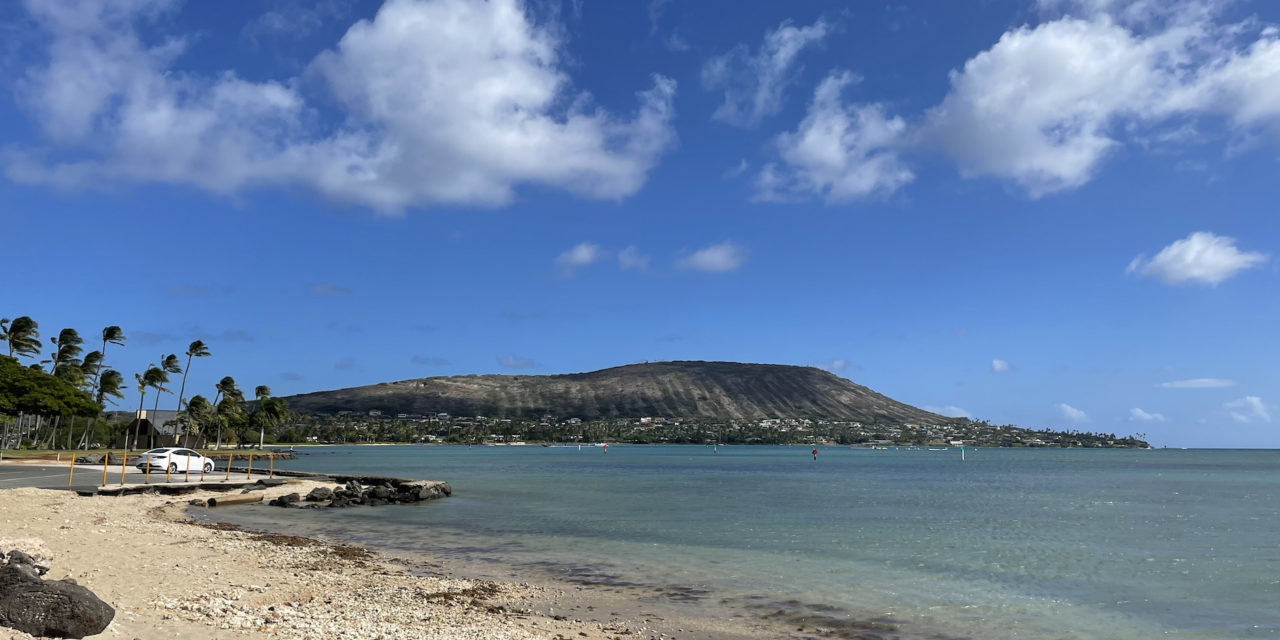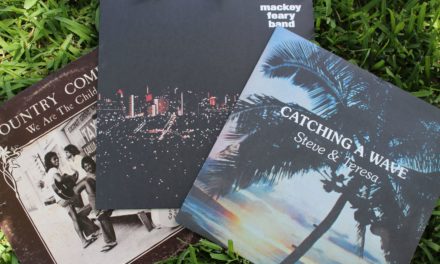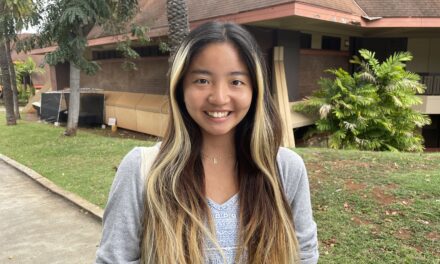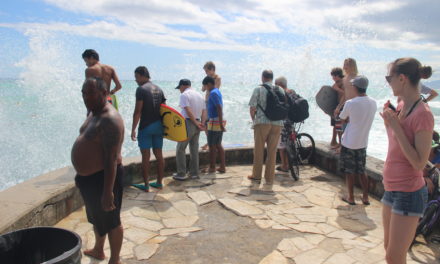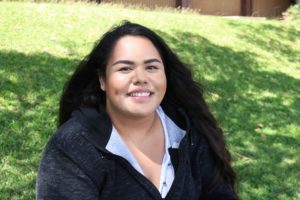By Cameron Enomoto | Staff Writer
When it comes to volunteer work it can be difficult to find the right place to start. There are many organizations with missions that strive to make a difference, but those that do good for the community are truly remarkable because of their ability to unify people. Mālama Maunalua, an organization based in Hawaiʻi Kai, is a great example of a community effort that people can donate their time to.
The organization focuses on the removal of invasive algae and the restoration of corals and other marine life in Maunalua Bay. It was founded in 2005 by Bruce and Lita Blankenfield, Mitch D’Olier, Alyssa Miller, Pauline Sato, Laura Thompson, Nainoa Thompson, and Carol Wilcox. Shortly after its founding, the organization worked with scientists from the University of Hawaiʻi, the National Oceanographic and Atmospheric Agency (NOAA), and the Nature Conservancy of Hawaiʻi (TNC) to identify the causes of deterioration in Maunalua Bay and its severity. As a result, the Maunalua Bay Conservation Action Plan was developed with key partners, the Polynesian Voyaging Society and the Hui Nalu Canoe Club.
Initially, Mālama Maunalua was funded by a small group of community members and had approximately 250 volunteers. Since then, it has received grants from the Department of Health, the Hawaiʻi Tourism Authority, and the University of Hawaiʻi. As of 2015, their numbers had reached close to 2,000 volunteers. Additionally, the organization attained independent non-profit 501(c)(3) status in 2010.
Today, Mālama Maunalua oversees four main habitat restoration projects which include coral reef restoration, the huki project, huki meaning “to pull” in Hawaiian, seagrass restoration, and plot monitoring.
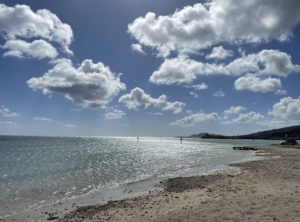
The community hukis hosted by Mālama Maunalua take place at Paikō Beach. (Photo by Cameron Enomoto)
The coral restoration project, in partnership with the Restore with Resilience organization, is currently working with multiple academic institutions and government agencies. This multi-year project was intended to begin in Summer 2021, and plant 4,000 thermal stress-resistant corals to rebuild the reef and reduce the risks of natural hazards caused by reef loss.
The huki project is part of Mālama Maunalua’s key initiatives in restoring the health of the bay. Student volunteers and community members organize a day to go out in the bay and pull invasive alien algae (IAA).
To date, more than 3.5 million pounds of IAA have been removed and recycled as soil at local farms, according to the Mālama Maunalua website. Approximately 3,000 volunteers participate in the community hukis, though more help is needed to maintain the plots of IAA.
As someone who has participated in a huki event, the experience can be tough physically, though the results that the bay reflects are rewarding. However, the connection with others formed through work was the most gratifying.
Seagrass transplantation is one of the more complex projects that Mālama Maunalua is currently working on. The native Hawaiian seagrass, Halophila hawaiiana, was once a dominant species and was able to support a variety of marine life. Unfortunately, the rapid growth of IAA caused the Bay to lose many of its inhabitants and overtime it became a mud flat. With the help of graduate students from Hawaiʻi Pacific University, it is likely that the seagrass will be successfully transplanted and aid with the restoration of the bay.
Lastly, plot monitoring is used to measure the effectiveness of the huki program. Board member and marine scientist Dr. Leighton Taylor and marine scientist and volunteer Dr. Ralph Dykes oversee this project. 10 x 10 square meter plots are designated for huki events and after the event takes place, each plot is assessed to see how much of each algae it contains. Some of the invasive species that are commonly found include leather mudweed, gorilla ogo, and prickly seaweed.
Mālama Maunalua offers many ways for community members to volunteer with the organization. There are even options for those who would prefer to stay out of the water. Aside from volunteer projects, educational outreach programs and internships are also available. For more information, visit the Mālama Maunalua website or their Instagram page @malamamaunalua.

